Sebby is your smart, deal-seeking, finance savvy friend that does the homework for you.

Terms apply | Rates & Fees
Sebby's take: Despite a hefty annual fee, you get up to $3,500 in credits that help offset this. The card is great for people who benefit from lounge access, travel protections, and access to programs like Fine Hotels & Resorts.

Sebby's take: Flagship travel card and offers lounge access through Priority Pass and Capital One lounges. You earn competitive multipliers on hotels, rental cars, and flights booked through Capital One Travel and 2x on everything else. The annual fee is offset through a $300 travel credit and 10,000 anniversary miles.
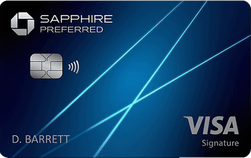
Sebby’s Take: One of the best starting points into the travel rewards world. You have flexible points, strong multipliers, a reasonable annual fee, and tons of optionality (whether team cash back or travel).

Sebby's take: Great multipliers and is a great standalone card or system card (Chase Trifecta). With no annual fee and tons of optionality (cash back or travel since you earn UR) it's an easy pickup.

Sebby's Take: The Prime Visa is the ultimate store card for Prime members who have significant spend at Amazon or Whole Foods. Although there's no annual fee, it's important to consider the Prime membership cost as part of the requirement for this card.
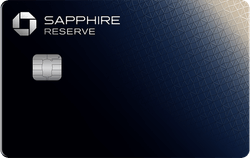
Sebby's Take: This premium travel card is packed with perks like airport lounge access, travel credits, and elevated rewards on travel and dining. It’s a top choice for frequent travelers who want premium benefits and flexible redemption options

Terms apply | Rates & Fees
Sebby's Take: The flagship Amex business travel card. Despite a hefty annual fee, you get up to $3,500 in credits that help offset this. The card is ideal for people who benefit from lounge access, travel protections, and access to programs like Fine Hotels & Resorts.
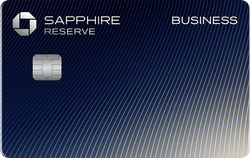
Sebby's Take: If your business spends heavily on travel, advertising, or software, the card can return a lot of value—especially once you factor in the travel credits and lounge access. It’s a strong option for founders who want to consolidate spend and earn flexible points.

Best Credit Card Offers Dec 2025
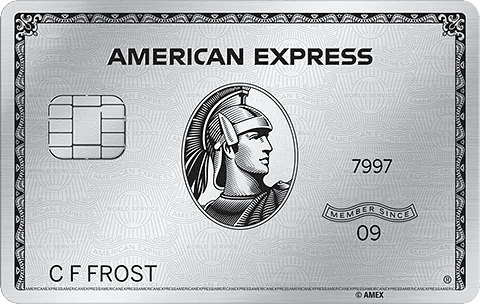
American Express Platinum Card®: Worth the $895 Annual Fee?

Chase Sapphire Reserve Calculator: Worth $795?!

Chase Sapphire Preferred Card: Worth $95?!

Capital One Venture X Rewards Credit Card Review

Chase Freedom Unlimited Credit Card Review

Sapphire Reserve for Business: Worth $795?!

Chase Ink Business Cash Card vs. Chase Ink Business Unlimited Card

American Express® Gold Card calculator: Is It Worth $325?

Chase Sapphire Preferred vs Chase Sapphire Reserve Calculator
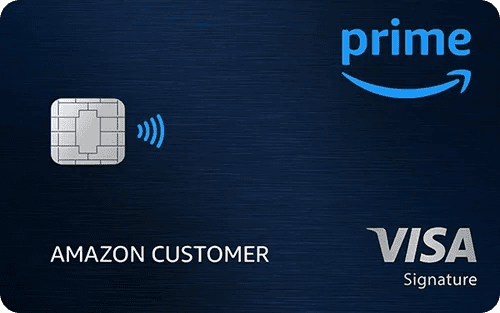
Is the Amazon Prime Visa Worth It? 2025 Breakeven Math

Capital One Savor Cash Rewards Card Review: The 3% Card for Foodies

What is CardMatch? Everything You Need to Know

The Chase Trifecta: Best Credit Card System for Maximizing Points and Free Flights

How to Access American Express Centurion Lounges in 2025: Entry Rules, Guest Policies, and What’s Changed

Chase Just Ended the 48-Month and “One Sapphire” Rules—Here’s What That Means

Ultimate Guide: Best Business Credit Cards for High Advertising Spend in 2025 (Ranked)

Amex Platinum $300 Lululemon Credit: How It Works and What to Buy

Amex Platinum $200 Oura Ring Credit: How It Works and Why It Matters


